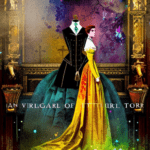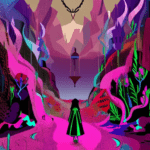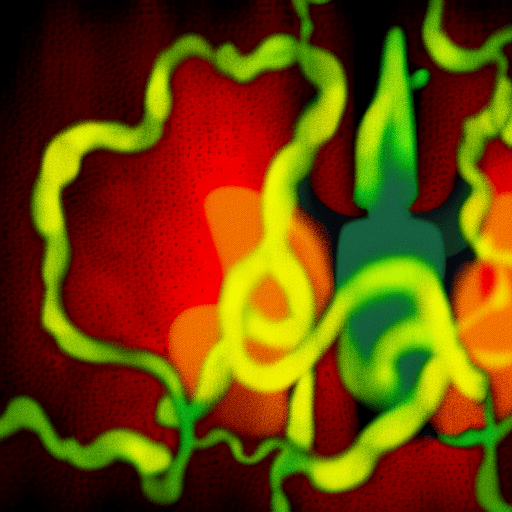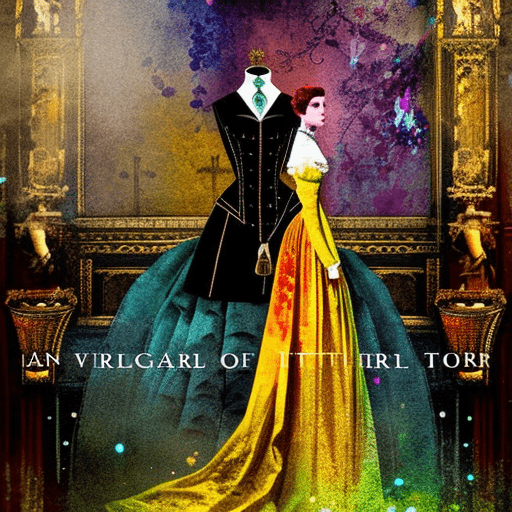Summary:
Heart of Darkness by Joseph Conrad is a gripping tale that explores the dark and mysterious depths of human nature through the journey of Charles Marlow, a steamboat captain navigating the treacherous Congo River in search of the enigmatic ivory trader Kurtz. Set in the late 19th century, the novella delves into themes of imperialism, racism, and the inherent darkness that resides within every individual.
Marlow’s journey begins when he is hired by a Belgian trading company to transport ivory up the Congo River. As he ventures deeper into the heart of Africa, he encounters the brutal realities of colonialism and witnesses the exploitation and dehumanization of the native African people. The landscape itself becomes a metaphor for the darkness that lurks within humanity, as Marlow navigates through dense jungles and encounters the horrors of the ivory trade.
The Darkness Within:
Throughout the novella, Conrad explores the concept of the darkness within the human soul. Marlow, as the narrator, reflects on his own experiences and the actions of others, particularly Kurtz, to shed light on this theme. As Marlow delves deeper into the Congo, he witnesses the atrocities committed by the Europeans in the name of progress and profit. This darkness is not limited to the colonizers, as Marlow also recognizes the potential for evil within himself. The journey up the river becomes a metaphorical descent into the depths of the human psyche.
The Horrors of Colonialism:
Heart of Darkness also serves as a scathing critique of European imperialism and the devastating impact it had on Africa and its people. Conrad exposes the hypocrisy and brutality of the colonizers, who claim to bring civilization and enlightenment while perpetuating violence and exploitation. The natives are treated as mere commodities, their lives and cultures disregarded in the pursuit of profit. The novella highlights the dehumanizing effects of colonialism and the moral corruption it breeds.
The Enigmatic Kurtz:
At the heart of the story lies the enigmatic figure of Kurtz, an ivory trader who has become a godlike figure to the native Africans. As Marlow travels deeper into the Congo, he becomes increasingly obsessed with uncovering the truth about Kurtz. Kurtz represents the embodiment of the darkness within humanity, having succumbed to the allure of power and the primal instincts that lie dormant within all individuals. His descent into madness and his ultimate demise serve as a cautionary tale about the corrupting influence of power and the potential for evil within us all.
Key takeaways from Heart of Darkness include:
- The darkness within the human soul is a universal and inherent aspect of humanity.
- Colonialism and imperialism have devastating consequences, dehumanizing both the colonizers and the colonized.
- Power has the potential to corrupt even the most virtuous individuals, leading them down a path of moral decay.
In conclusion, Heart of Darkness is a thought-provoking and haunting exploration of the darkness that resides within the human soul. Conrad’s vivid descriptions and powerful symbolism create a chilling narrative that forces readers to confront the harsh realities of imperialism and the potential for evil that exists within us all.
“The horror! The horror!”












